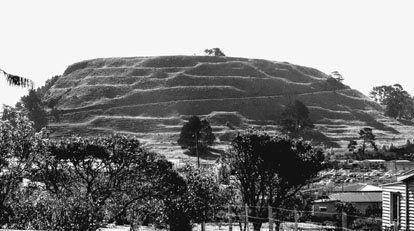

 | Page 941 |  |
in 1954 marked a shift from individual- to university-based research following the expansion of tertiary education in New Zealand. Such expansions occurred first between 1950 and 1960 and again during the early 1970s. Golson worked in three ways to create a firm institutional and intellectual base for the discipline of archaeology in New Zealand. First, through the establishment of the New Zealand Archaeological Association, Golson reincorporated archaeology into the natural sciences (Golson 1956). Second, he (1959) used vere gordon childe’s concept of archaeological cultures to redefine Duff’s periods into an archaic phase of New Zealand eastern Polynesian culture followed by the classic Maori phase of New Zealand eastern Polynesian culture. Third, Golson embarked on a program of field recording and excavation to test both the validity of these two phases and the explanations for their differences. He sought to drive a clear division between the traditional explanations for cultural change put forward by Percy Smith and later by Roger Duff (racial replacement, economic replacement, and the great fleet) and archaeological explanations by restating them as a choice between diffusion, on the one hand, and local adaptation, on the other (Golson 1960, 1965).

Terraced volcanic cone, Mt. Wellington, Auckland
(Department of Anthropology, University of Auckland)
The initial results of Golson’s program were promising. First, after 1960, conferences of the New Zealand Archaeological Association (NZAA) were included as part of the New Zealand Science Congress and, in 1967, the NZAA became a member society of the Royal Society of New Zealand. Second, the NZAA site-recording scheme, set up with roger c. green, has proved to be an essential tool for research and heritage management more than thirty-five years. Third, a major blow against the traditional accounts of the past was struck with the publication of Andrew Sharp’s Ancient Voyagers in the Pacific in 1956. Sharp produced considerable evidence to argue that the settlement of Polynesia was the result of accidental voyages by isolated canoes rather than by any planned and systematic process of colonization as the great fleet traditions demanded. Golson did not directly attack the use of Maori traditions but separated the two theories of colonization as distinctive sources of knowledge of the past. In so doing, he successfully portrayed archaeology as the more reliable and scientific of the two. Finally, Golson and associated workers were able to define the content and characteristics of the archaic phase on the North Island of New Zealand through excavations on the Coromandel Peninsula and Motutapu Island.
 |  |